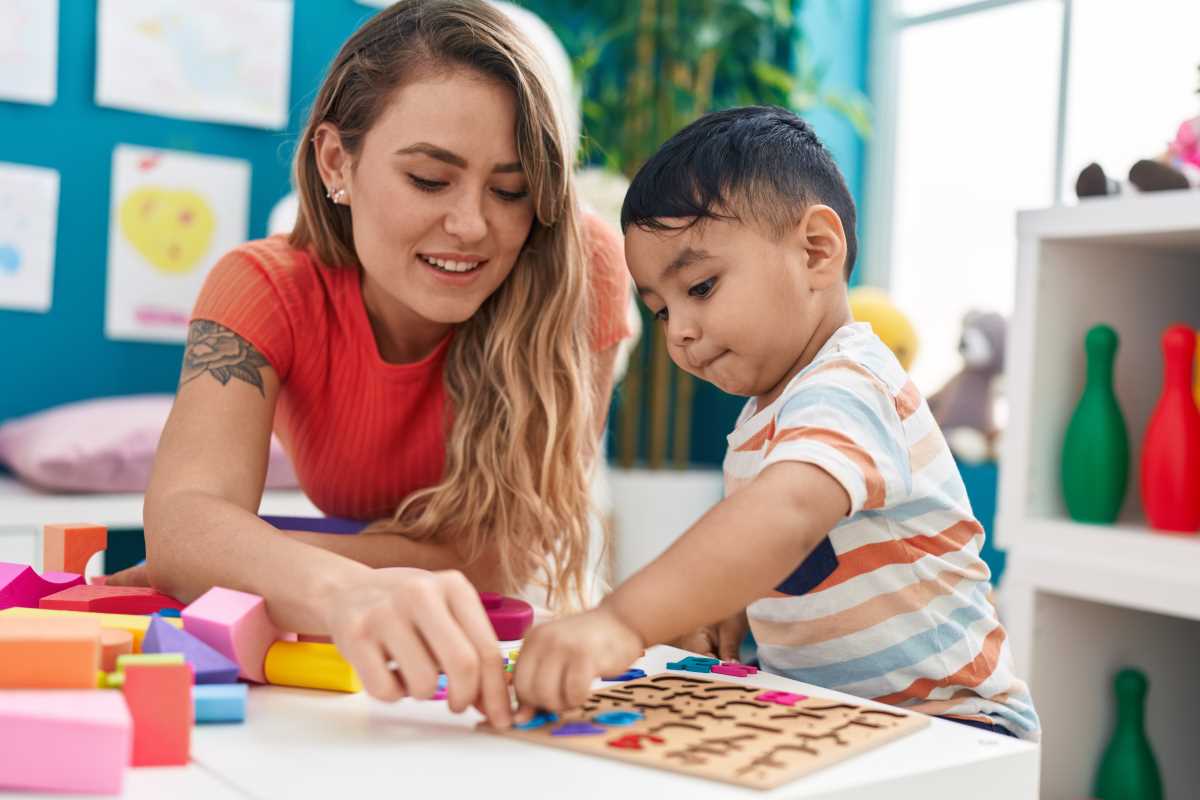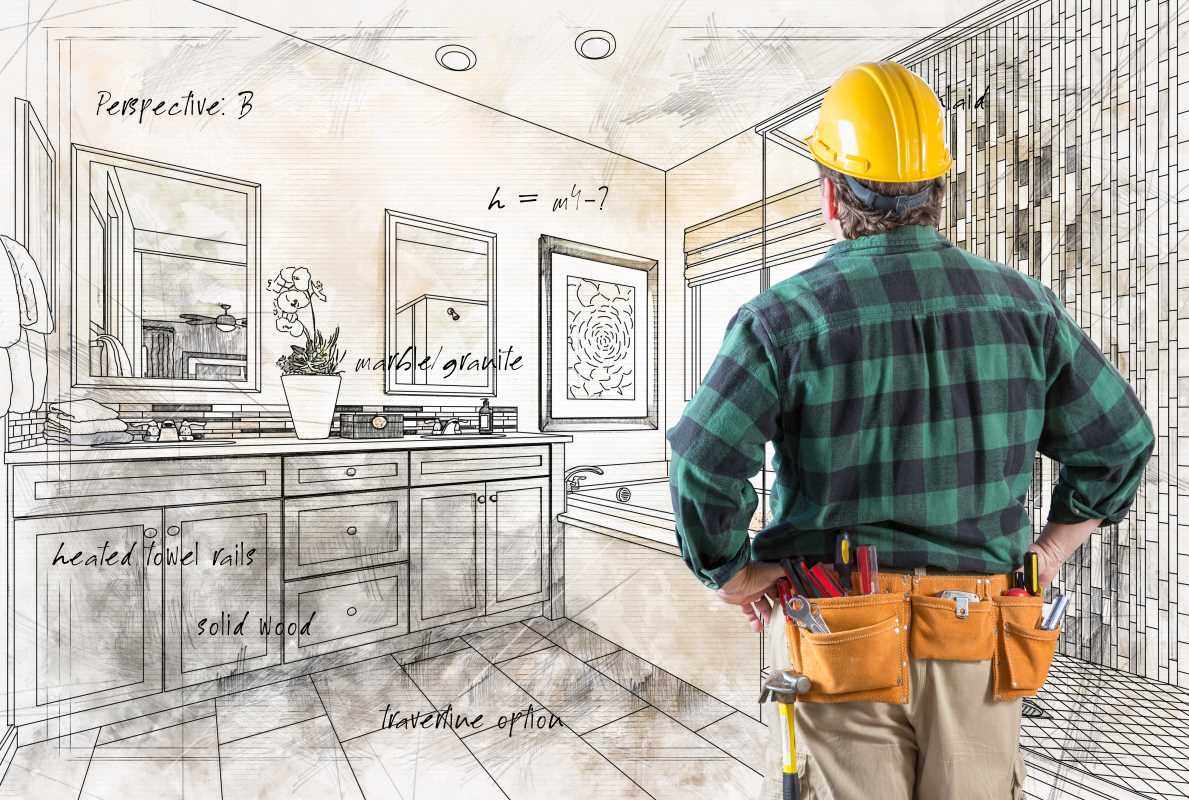Homework can be challenging for any student, but for kids with learning disabilities, it can feel even more difficult. Focus, organization, and comprehension may require extra effort, and traditional study environments might not meet their unique needs. That’s where a personalized homework station comes in.
A well-designed homework station can make learning less overwhelming and more productive by providing structure, reducing distractions, and offering tools for success. This guide will help you create a supportive and effective workspace for your child, tailored to their specific learning needs.
Why a Homework Station Could Work For Your Family
For children with learning disabilities, the environment they learn in can play a significant role in how well they retain information, stay organized, and manage stress. A thoughtfully designed homework station can:
- Offer a distraction-free zone to improve focus.
- Create a sense of consistency and routine.
- Provide tools and resources that address learning challenges.
- Empower your child with a space that feels comfortable and personalized.
Ultimately, having a dedicated homework area shows your child that their education is valuable and that they have your support in their learning journey.
Choosing the Right Location
The first step in creating an effective homework station is selecting the right spot. The ideal location will depend on your child’s personality and style of learning.
1. Avoid High-Traffic Areas
Choose a spot in your home that is away from busy, noisy areas like the kitchen or living room. Distractions like sibling activity, television noise, or household chores can make it tougher to concentrate.
2. Balance Supervision and Independence
Some kids may prefer working in a quiet bedroom where they feel more independent, while others need a parent nearby for occasional support or encouragement. If your child benefits from guidance, try setting up the workstation in a quiet corner of a shared space, like the dining room.
3. Consider Lighting and Comfort
Proper lighting is key to reducing eyestrain and improving focus. Natural light is ideal, but if that isn’t an option, invest in a desk lamp with adjustable brightness. Ensure the area is well-ventilated and has comfortable seating to make longer study sessions easier.
Setting Up the Desk Space
A clutter-free, organized desk can make all the difference for children with learning disabilities. Here’s how to arrange the space for maximum efficiency:
1. Keep It Simple
Too many objects on the desk can be overstimulating. Stick to the basics, such as:
- A lamp or light source.
- A notebook, writing tools, and paper.
- Homework or study materials for that day.
Store additional items in drawers or bins to avoid visual clutter.
2. Use Space-Saving Organizers
Invest in organizational tools that keep necessary items within reach yet tidy. For example:
- Desk organizers: Use pencil holders or trays for pens, markers, and scissors.
- Magazine files: Store folders, workbooks, and reference materials upright and easy to grab.
- Drawer dividers: Separate smaller items like erasers, paperclips, or sticky notes.
3. Incorporate a Whiteboard or Corkboard
Installing a whiteboard or corkboard above the desk can help your child stay on track. Use it to:
- Display daily to-do lists.
- Write down assignment deadlines.
- Post motivational quotes or reminders.
These visual aids can help children with learning disabilities who benefit from clear prompts and schedules.
4. Include a Comfortable Chair
A good chair with proper support encourages better posture, which promotes focus during long homework sessions. Look for an adjustable chair with padding that allows your child’s feet to rest flat on the floor.
Reducing Distractions
Some kids with learning disabilities, such as ADHD, are especially sensitive to distractions. Minimizing disruptions can help them finish tasks faster and with less frustration.
1. Block Out Noise
If your home is noisy, use noise-canceling headphones or play gentle background music to cover up distracting sounds. White noise machines or apps may also help create a calm atmosphere.
2. Use “Fidget-Friendly” Tools
For children who have trouble sitting still, sensory or fidget tools can help them stay focused without being disruptive. Options include:
- Stress balls.
- Fidget cubes.
- Weighted lap pads.
These small tools offer an outlet for restless energy while keeping their minds engaged.
3. Limit Digital Distractions
If your child uses a computer or tablet for homework, install apps or browser extensions that limit access to distracting websites, such as social media or games. Websites like “Freedom” or “StayFocusd” can help block distractions during study hours.
Tailoring Resources to Your Child’s Needs
Every child learns differently, so adapt the homework station to suit your child’s specific learning disability. Whether they struggle with dyslexia, ADHD, or another challenge, these tips can provide targeted support:
1. For Kids With Dyslexia
- Use colored overlays or tinted reading rulers to reduce visual strain and improve reading speed.
- Provide audiobooks as alternatives to traditional reading materials.
- Display charts or posters with phonics rules or multiplication tables for quick reference.
2. For Kids With ADHD
- Use a timer or time management app to break tasks into smaller sessions with built-in breaks.
- Include a checklist for assignments to give structure and track progress.
- Choose flexible seating options, like balance balls or wobble stools, to allow movement without disrupting focus.
3. For Kids With Executive Functioning Challenges
- Incorporate labeled bins and folders to teach organization.
- Add color-coded materials for easy categorization (e.g., red for math, blue for science).
- Use planners or apps to help your child track long-term projects and due dates.
Personalizing the Workspace
A homework station doesn’t need to be boring! Adding personal touches can make the space feel welcoming and motivating for your child.
1. Add Color
Bright, cheerful colors can impact mood and energy. Choose colored bins, notebooks, or even wall art that your child enjoys. Soft blues and greens can be calming, while yellows and oranges are energizing.
2. Display Achievements
Create a space to celebrate your child’s successes, like a small bulletin board for awards, completed projects, or fun notes from teachers. Celebrating progress builds confidence and encourages perseverance.
3. Incorporate Interests
Does your child love dinosaurs, space, or sports? Find a way to include their passions in the workspace, like themed notebooks or posters. Personal touches make the area more inviting and less like “work.”
Establishing Homework Routines
The homework station works best when it’s paired with a reliable routine. Setting expectations and sticking to a schedule helps children with learning disabilities thrive.
1. Set a Regular Homework Time
Choose a consistent time each day that works for your family. Whether it’s right after school or following dinner, predictability helps children transition to study mode.
2. Break Tasks Into Chunks
Divide longer assignments into smaller, more manageable parts. A 30-minute study session may be more effective if it’s split into two 15-minute blocks with a short break in between.
3. Celebrate Accomplishments
End the homework session with a positive note. Whether it’s verbal praise, a sticker on a chart, or a favorite snack, celebrating effort reinforces good habits and makes your child feel proud.
Long-Term Success
Creating a homework station tailored to your child’s learning needs is an investment in their education and confidence. It’s not about designing the “perfect” space, but rather creating one that helps them feel supported, focused, and capable. With the right setup and consistent routines, you’ll foster a positive environment for learning and growth, making homework time less stressful for everyone involved. Start customizing your child’s homework station today and watch their confidence and productivity soar!
 (Image via
(Image via





